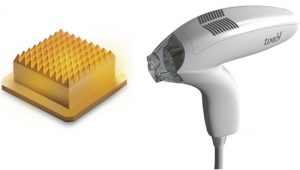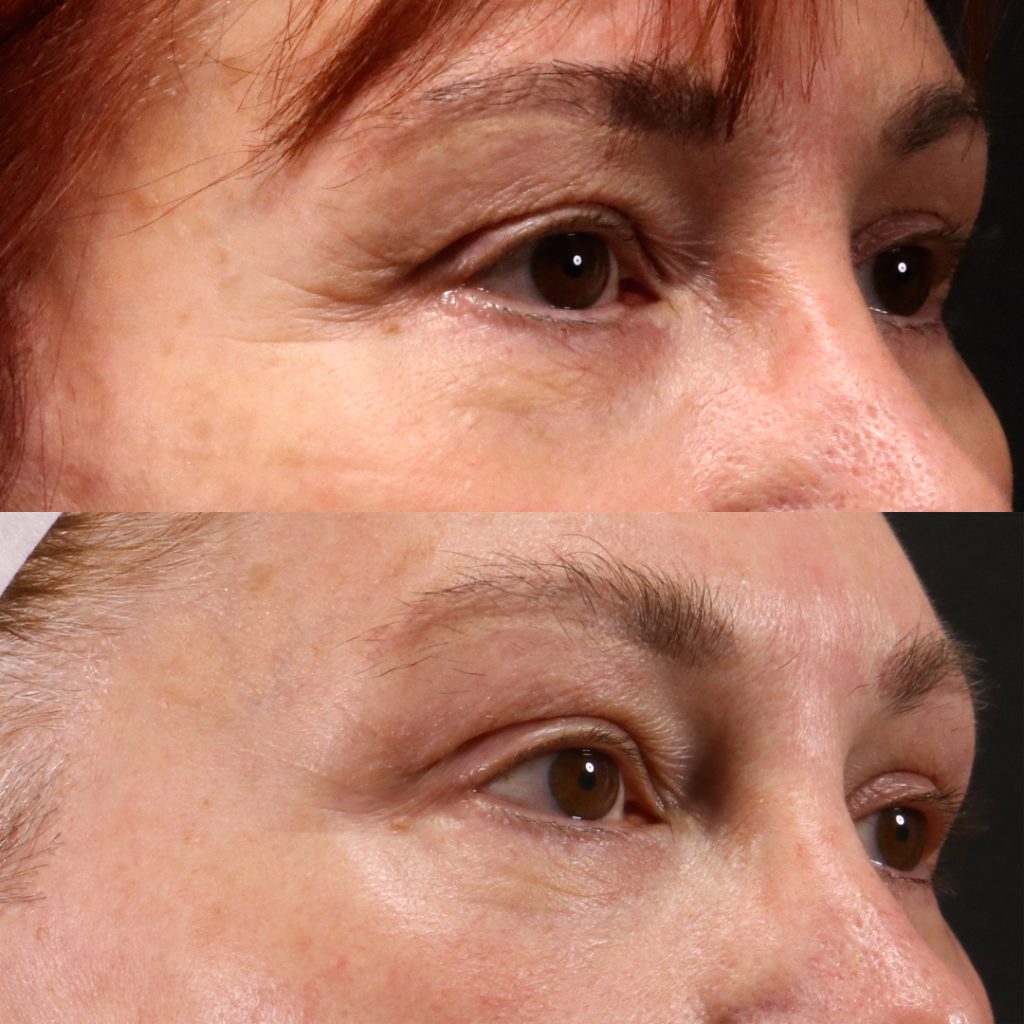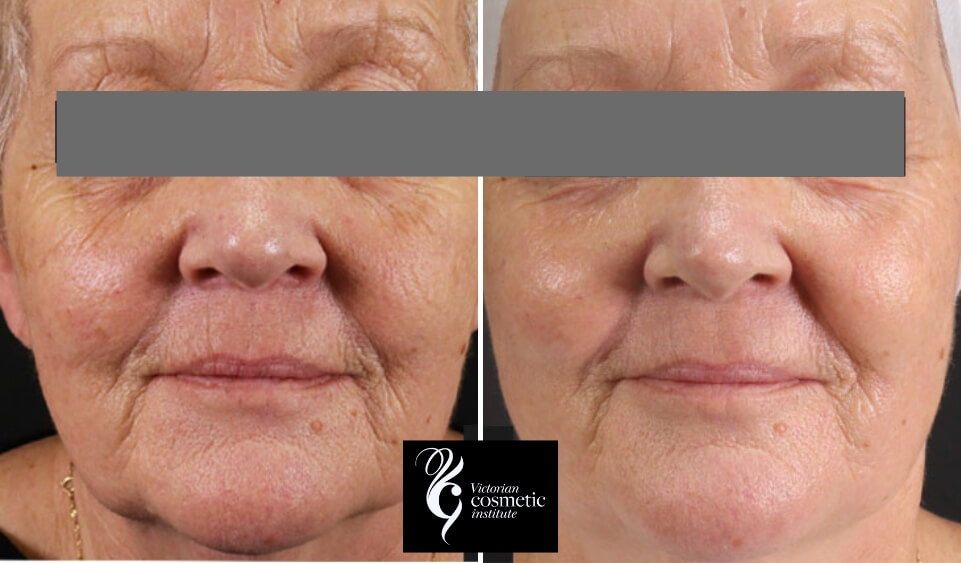Tixel treatment
Tixel is a skin treatment that involves stamping a heated metallic plate with pyramid-shaped spikes onto the skin. This stimulates new collagen formation to improve skin quality, tone and texture.
What is Tixel treatment?
The Tixel is not a laser but a novel device that uses thermal energy to remodel and improve skin. The effect of the Tixel treatment on the skin is similar to that of fractional carbon dioxide laser but with less recovery time.
Tixel utilises a gold-plated metallic tip heated to 400 degrees Celsius within a handpiece. This tip has 81 pyramid-shaped spikes pressed momentarily onto the skin with a highly accurate linear motor within the handpiece. This delivers short bursts of heat energy onto the outer layers of the skin without damaging the deeper skin levels. This heat energy stimulates collagen production and tightens the skin.
The tip measures 1 x 1cm, and the treatment involves systematically applying it to the whole face. The depth of penetration into the skin and the duration of the tip application can be adjusted.
The channels formed by the Tixel on the skin can also immediately deliver growth factors, tretinoin (prescription-strength vitamin A), or lightening agents, increasing their absorption rates.
The tip can self-clean and sterilise by heating to 540 degrees celsius after the treatment.
How does Tixel treatment work?
The heated pyramid-shaped spikes on the tip creates micro-channels or craters in the skin through evaporation of skin. This induces new collagen formation or neo-collagenesis by stimulating the skin’s natural healing process.
The treatment is fractional, that is, heat is applied in specific, targeted areas with healthy untreated skin in between. This helps reduce healing times and complications in comparison to treating all the skin at once.
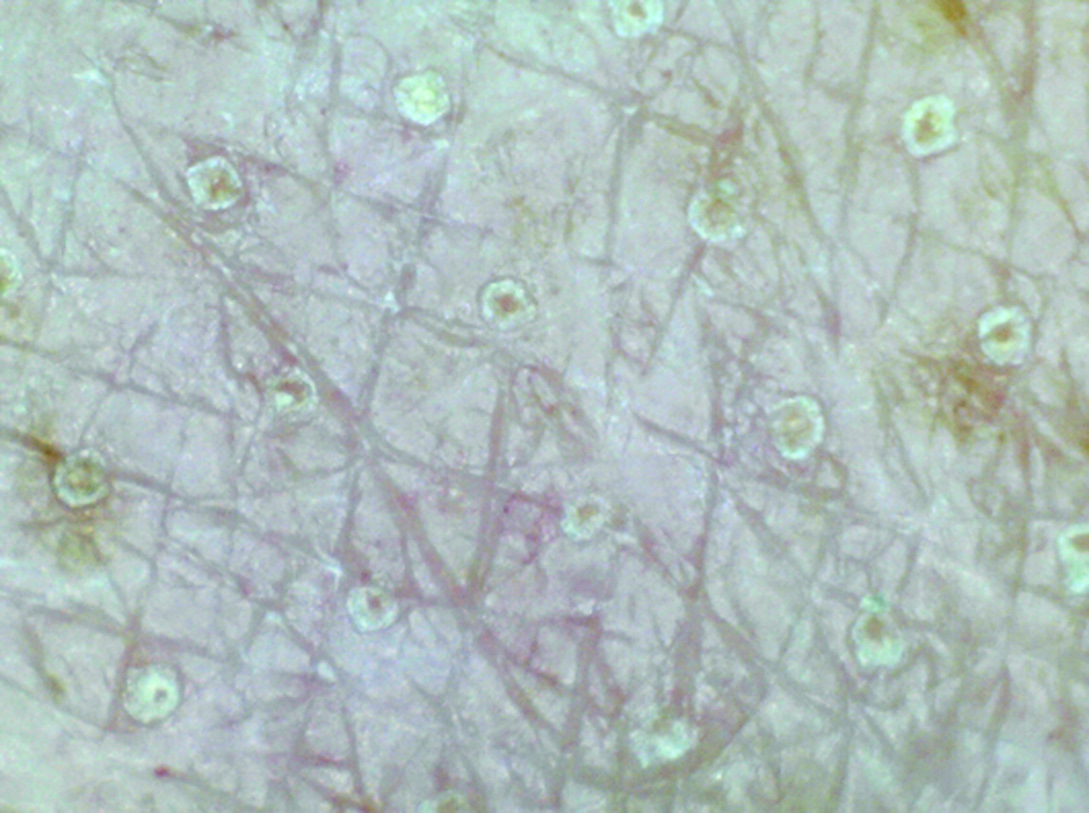
This process helps to improve general skin quality, wrinkles, skin texture, and can also improve acne scarring.
The Tixel can also be used to infuse skin care products into the skin because of the matrix of micro channels that it creates. Products such as growth factors, vitamin A or skin lightening agents can be infused into the skin after Tixel treatment to help induce further changes in the skin. The Tixel treatment allows for the enhanced absorption of these products.
What is the difference between fractional CO2 and the Tixel?
Although fractional CO2 and Tixel have a similar effect on the skin, the two treatments have some key differences.
Because Tixel is not a laser device, there is no need to use protective eyewear for the patient or operator. It is possible to treat around the eyes, even very close to the eyelashes, without causing injury to the eyes. A special Tixel handpiece is also smaller and designed specifically for the eye area. CO2 lasers require corneal shields (metal shields that go under the eyelids), and treatment should be performed within the bony orbit around the eye.
CO2 lasers also leave a layer of char or debris on the skin, whereas Tixel treatment does not do this.
What can Tixel treat?
Tixel can be used to treat a number of skin concerns, including:
- Acne scars
- Lines and wrinkles
- Stretch marks
- Sagging skin (including eyebags or sagging eyelids)
- Uneven pigmentation, skin discolouration or melasma
- Rosacea
- Age spots
Tixel can also be used to generally tighten and rejuvenate the skin.
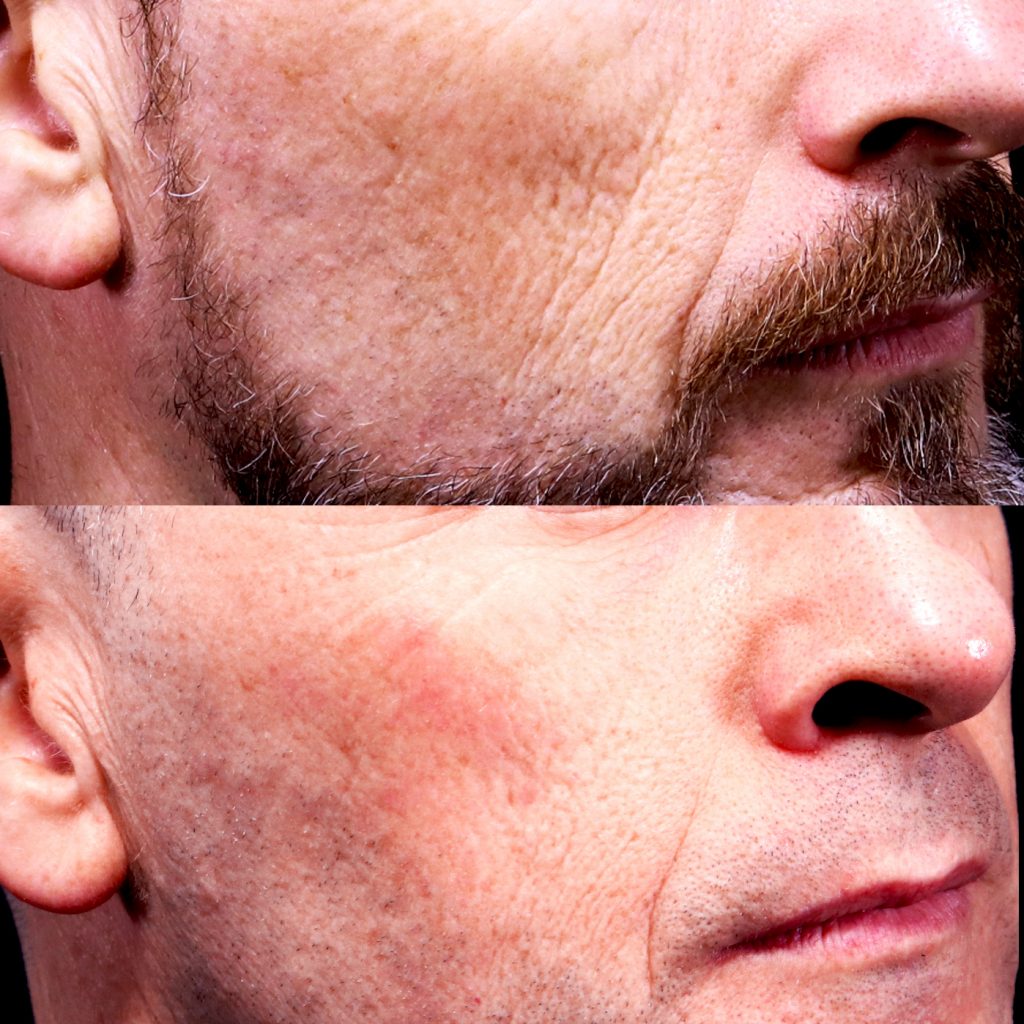
All procedures carry a risk of side effects and potential complications. The outcome of each procedure cannot be guaranteed, and individual results may vary. A consultation with one of our practitioners is required prior to any procedure to assess suitability for treatment. Patient consent has been obtained to display images.
What are the benefits of Tixel?
There are a number of advantages of the Tixel treatment. These include:
- Minimal pain and discomfort.
- Minimal downtime.
- It can be done safely on different areas, including the face, neck, chest and back of hands.
- It does not use any lasers or lights, so it can be performed safely around the eye area.
- All skin types can be treated.
- The settings are adjustable in terms of the depth and length of penetration into the skin so that treatments can be tailored for each patient.
- Improved skin texture and reduced pore size.
Who is a suitable candidate for Tixel treatment?
Anyone experiencing skin problems such as acne scarring, hyperpigmentation, fine lines and wrinkles, rosacea, or other concerns about skin tone and texture could be a suitable candidate for Tixel treatment.
A consultation with a practitioner can help you determine what level of treatment might be right for you.
How to prepare for Tixel treatment
You will be asked to arrive at your appointment with no fake tan and no make up on the area to be treated.
You will have an initial consultation in which your practitioner may recommend some skin preparation for 2-4 weeks beforehand, depending on your skin type.
What to expect during Tixel treatment
You will arrive 40 minutes prior to your appointment so that the topical anaesthetic can be applied. You may also need to shave the treatment area.
During the procedure, you will feel a warm sensation when the device is applied to your skin.
What is downtime and aftercare for Tixel?
A serum may be applied immediately after treatment to relieve the warm sensation on the skin. Some redness and warmth is normal in the days following the treatment. Swelling can also occur, especially around the eye area. These symptoms will subside within a few days. The skin’s surface may then appear dry and flaky as it begins to heal.
You should make sure the treated area is kept clean and dry for 6 hours after the procedure – avoid touching, scratching or washing it.
For 24 hours after treatment you should avoid swimming, strenuous physical activity and saunas. You should also wait until the next day before applying skincare or makeup.
Are there any side effects or risks associated with Tixel?
Your skin may feel sensitive and warm for a few days after treatment as if you’ve been in the sun. Mild swelling and redness are common for 2-3 days after treatment.
After this, your skin may begin to scab over. It is important that you do not scratch or pick at it so that you don’t cause an infection or scarring.
Tixel may cause redness and swelling in some people, especially in areas where the skin is thinner ie. around the eyes. Whilst most redness and swelling subsides in a few days, it can last longer in some people.
FAQ
How much do Tixel treatments cost?
Visit our treatment prices page to view Tixel treatment pricing.
How many treatments do I need?
The number of treatments you need will depend on your individual needs. More severe skin conditions may require more treatments. Your practitioner will discuss this with you in your initial consultation.
3-6 treatments spaced one month apart are generally recommended. After that, regular maintenance will be required, with a treatment every 6-12 months.
Does Tixel treatment hurt?
During the treatment, there may be a feeling of heat, similar to sunburn. Most patients find it uncomfortable but tolerable. A topical anaesthetic cream will be used to reduce any discomfort.
The downtime following the procedure is usually a few days but may last longer if your skin is sensitive or reactive.
How long do Tixel results last?
The results from the Tixel treatment can last up to 2 years. Regular at-home maintenance using skin care products designed to stimulate collagen production, such as Vitamin A, Niacinamide, and Vitamin C, will help prolong your results.
Why choose Victorian Cosmetic Institute as your Tixel provider?
As one of the original providers of Tixel in Australia, our practitioners can treat different skin types and concerns. If you want to address your skin texture, acne scars, fine lines, or wrinkles, we can treat your concerns with Tixel.
A consultation is required to assess your suitability for treatment. To consult and discuss the Tixel treatment, click on the ‘book online’ button or phone us directly at 1300 863 824.
